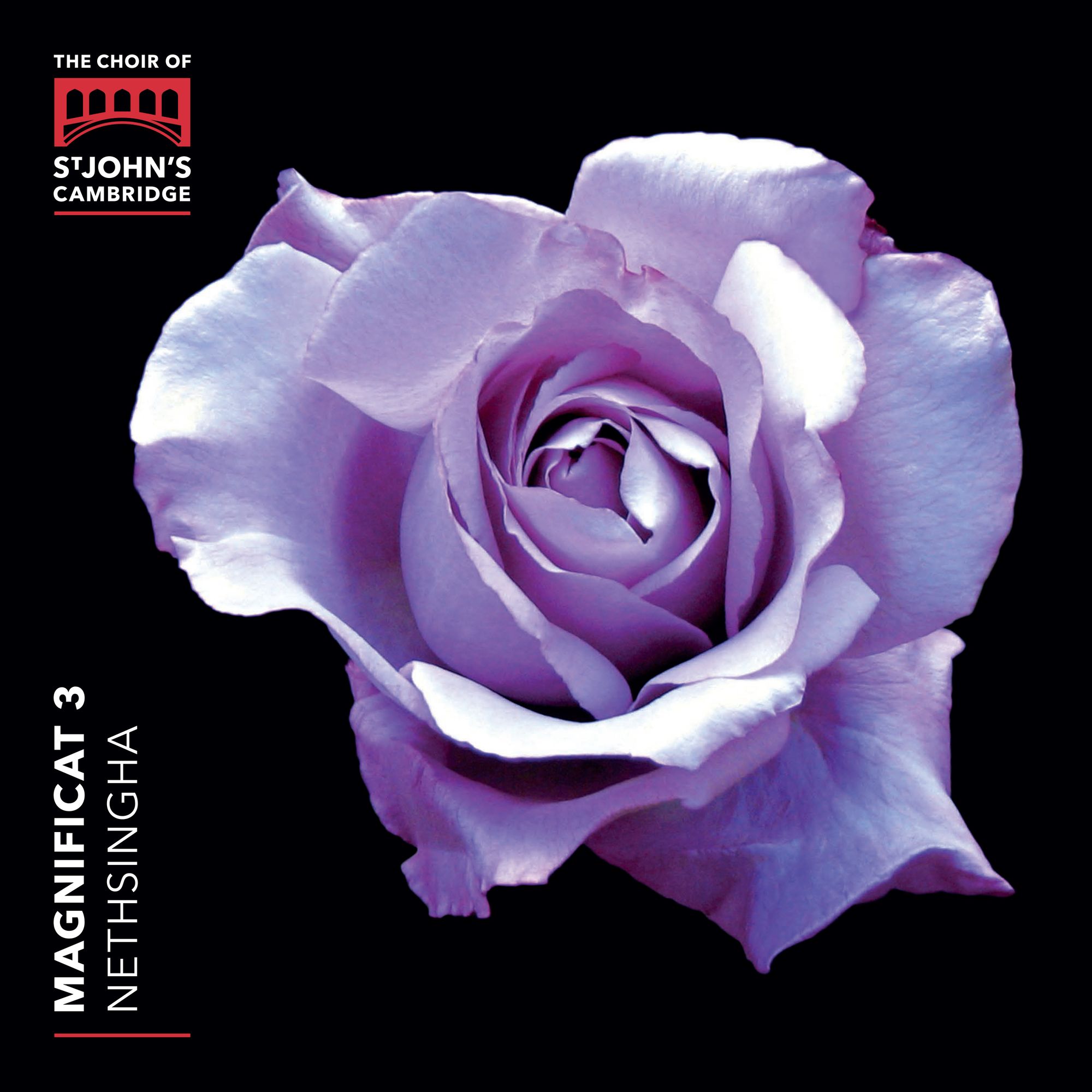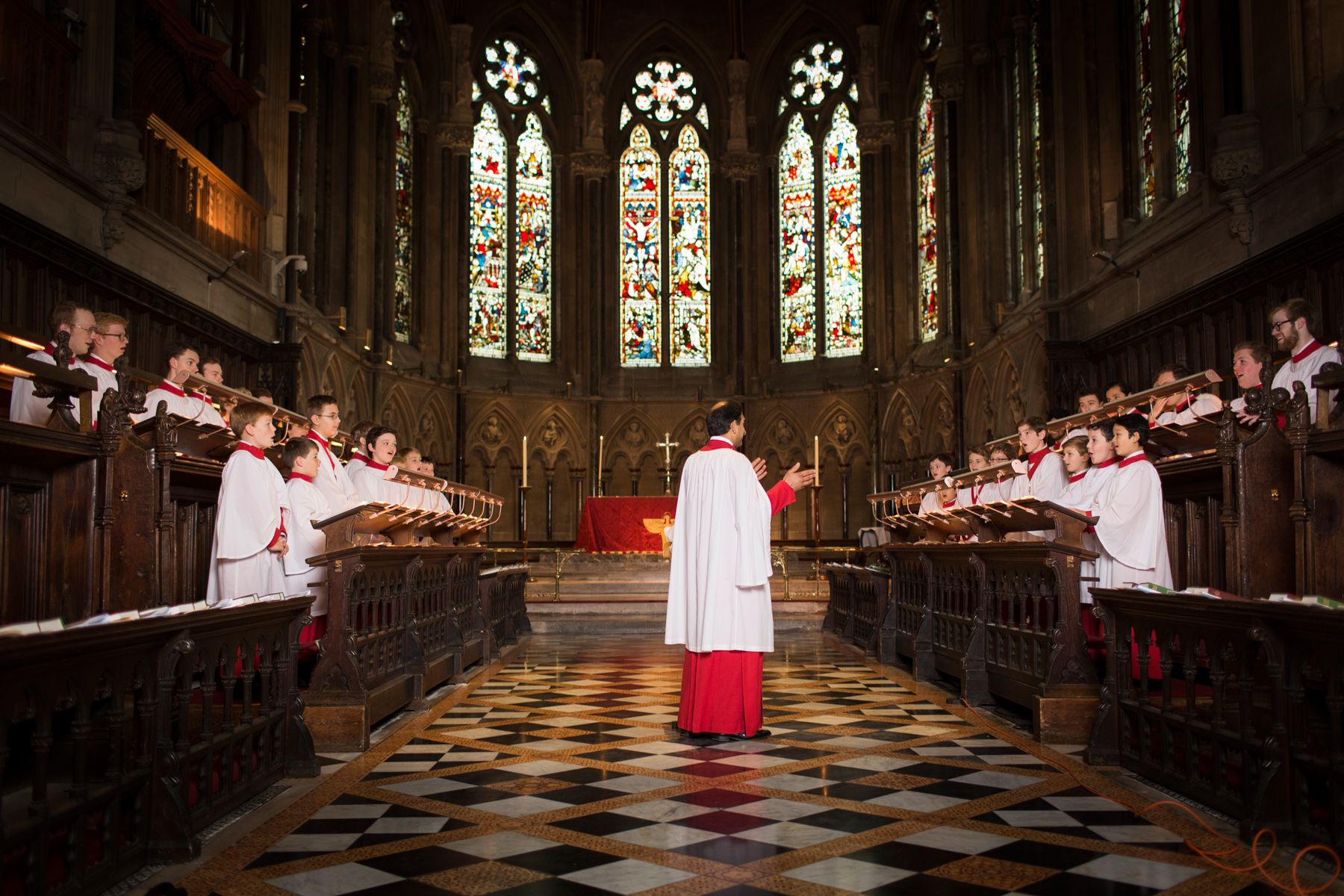Magnificat 3: Nethsingha and St John's, Cambridge return
Another triumph for Nethdingha and St John’s

Recorded from January - July 2022m this continues St Johns’ series of evening canticles (the ”Mag and Nunc,” as they are affectionately known) with music written in the 2-year period between 1945 and 1965. Ir follows on from a superb disc of psalms released late last year (2022).
As the Reverend Lucy Winkett, the Rector of St James’” Church, Piccadilly, reminds us, it is the Gospel of Luke that furnishes the church’s so-called “Evangelical Canticles”: the Canticle of Zahary (the Benedictus) for the early morning, and the two that have become forever fused: the Marian Magnificat for early evening and the Canticle of Simeon, the Nunc dimittis, for the night.

The first piece might feel like a departure for a UK choir: Pavel Chesnokov’s “Nunc dimittis” from his Six Choruses for Mixed Voices, Op. 40. Chesnokov (1877-1944) was one of the leading Russian choral composers of his era, and there is little disguising the depth of choral sound and harmony so characteristic of this region’s religious music:
Herbert Howells’ 1951 St Paul’s Service takes us back to the choral mothership. This Mag & Nunc, though, is on a large scale, as if mirroring the space for which it was written. Here’s the Magnificat - just listen to the simply stunning setting of the line “Glory be to the Father”:
The Nunc rises to an ecstatic climax, brilliantly realised here; its sonic glory stands in contrast to the dynamic restraint of the opening of Philip Moore’s Mag & Nunc, “Sancta Johannis Cantabrigiense”. Written for Ash Wednesday, 2006 for choir and chamber organ, the piece exudes intimacy, particularly in the purity of the solo passages. Here’s the Magnificat:
This is but one of Moore’s total of 21 settings of the Evening Service. The name of Kenneth Leighton may be more familiar, but I would posit that Moore and Leighton are of equivalent expertise. Leighton’s harmonies are very different, scrunchier, twinned in the Magnificat with irrerpressible rhythmic propulsion. Rather neatly, Leighton’s title for his work takes us to the other part of Oxbridge: Oxford’Í Magdalen College to be exact, in “Collegium Magdalenæ Oxoniense”. The St John’s performance is beyond criticism, notw particularly the jubilant descending lines, encrusted with organ jewels, as the music heads towards the Magnificat’s “Amen”:
The lightness of Leighton’s Nunc comes as sometning of a surprise. This is a remarkable piece, which leaves the music suspended in mid-air:
Nethsingha likes to follow that with exactly what comes up next here, Howells’ 1957 Westminster Service, a piece that reflects the majesty of that space in its Magnificat. The long unison that opens the Nunc for men's voices is spellbinding:
Composed for Hereford Cathedral, Sir George Dyson’s Mag & Nunc in F (1945) are tautly constructed (each from its respective opening phrase); Stanford’s more expansive service in B flat is significantly more expansive, saturated with heartfelt beauty:
Born in 1934, Bryan Kelly might be known to youth orchestras through his eminently approachable overture, Sancho Panza. His Magnificat is bright and jolly, as one might expect:
... and then suddenly, come the Nunc, we enter an enexpectedly shadowy world that eventually opens out into a dancing Gloria. This is the perfect end to this most interesting disc:
... and just for interest’s sake, here is a performance of Kelly Mag from Guildford Cathedral under Barry Rose from 1967. Infectious in rhythm for sure, but of course we get the whole sonic picture from St John’s; nice to hear the Guildford Choir in such fine fettle though:
Another triumph for Nethdingha and St John’s. At the time of writing, their disc is discounted by 16% at Amazon at the link below.
